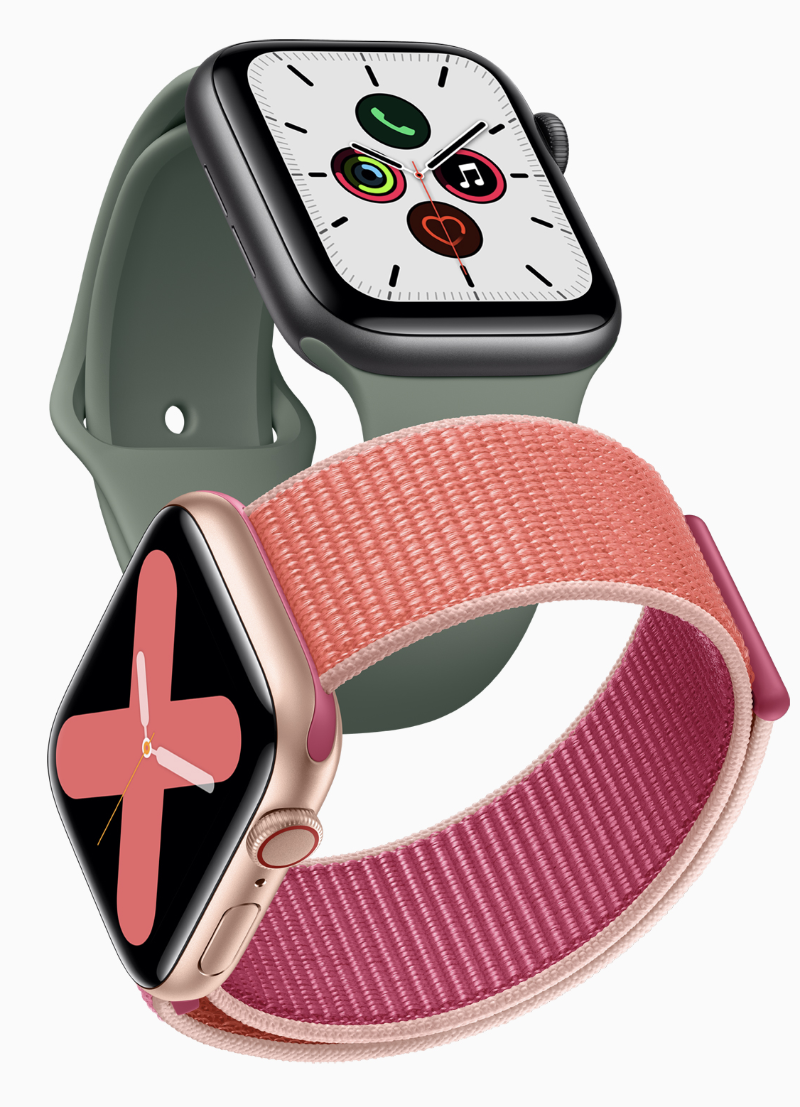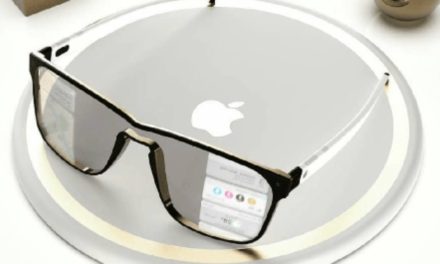Around the world, there is an increasing number of people who have been diagnosed with lifestyle-associated diseases, such as hypertension and diabetes, which has created the need to monitor their health on a regular basis. By using self-monitoring wearable devices, patients are now capable of gathering crucial data related to various conditions, as well as other health parameters and then forward the data to their doctor for review.
FinancialBuzz.com, a financial news informational web portal, says the medical wearable device market has been rapidly growing in recent years, not only because of the practical implications of such devices but in large part thanks to emerging economies such as India, China, and Brazil. The healthcare infrastructure in these economies is rapidly developing, and technology plays a more important role than ever before. Additionally, the growing adoption of mobile platforms, increasing adoption of AI and 5G, and the growing awareness and preference for home healthcare are all expected to help further boost the market.
Overall, the global wearable healthcare devices market is projected to reach $46.6 billion by 2025 from $18.4 Billion in 2020 and at a compound annual growth rate of 20.5% from 2020 to 2025, according to MarketsandMarkets.
Major companies like Apple and Samsung are heavily involved in the innovation of wearable devices, which are now capable of performing a wide range of features including cellular connectivity, health monitoring, contactless payment and more. FinancialBuzz says that fitness trackers are expected to continue to hold the largest share in the wearable medical devices market in the near future. This is due to the device’s affordability and ability to track various parameters, such as the number of steps taken and calories burned, which are essential for fitness.
Another segment that is quickly becoming more accessible is that of blood glucose monitoring devices (BGMD), which are used to measure glucose levels in diabetic patients, and help analyze glucose level patterns by providing continuous and real-time readings. In recent times, the appearance of medical devices that help consumers monitor their glucose levels has attracted the FDA’s attention.
According to MedCity News, Courtney Lias, Director of the Division of Chemistry and Toxicology Devices Office, part of FDA’s Center for Devices and Radiological Health: ”We want to incentivize interoperability and open systems through optimized regulatory pathways,” Lias said, noting that the agency has taken two regulatory actions to create a “pathway for devices to become integrated with each other including apps.”





